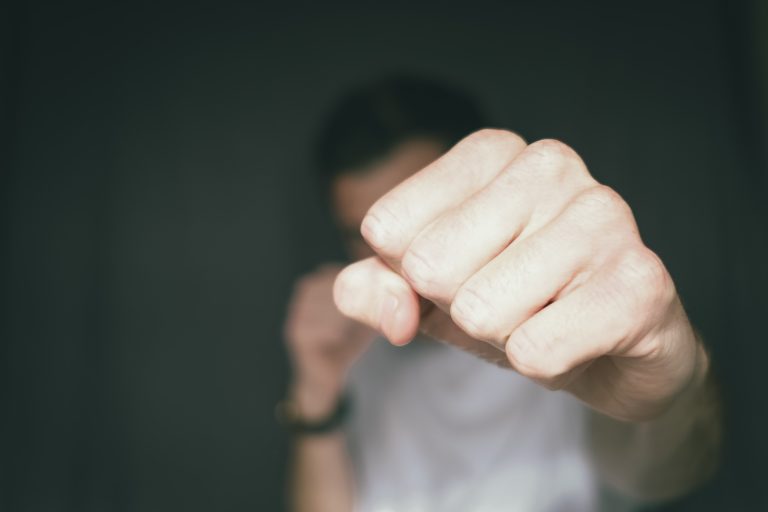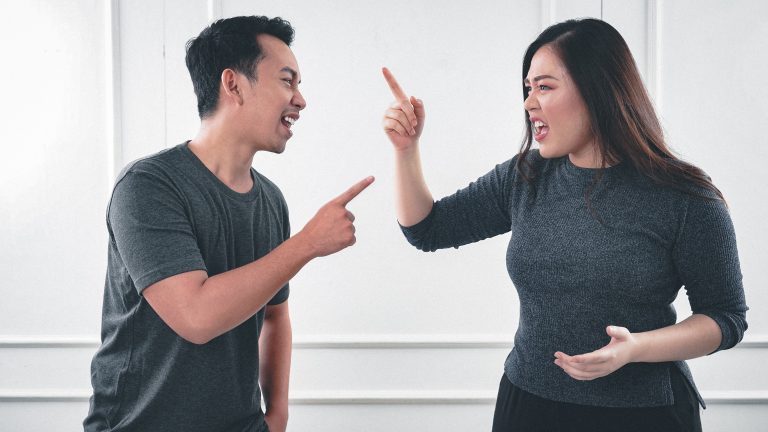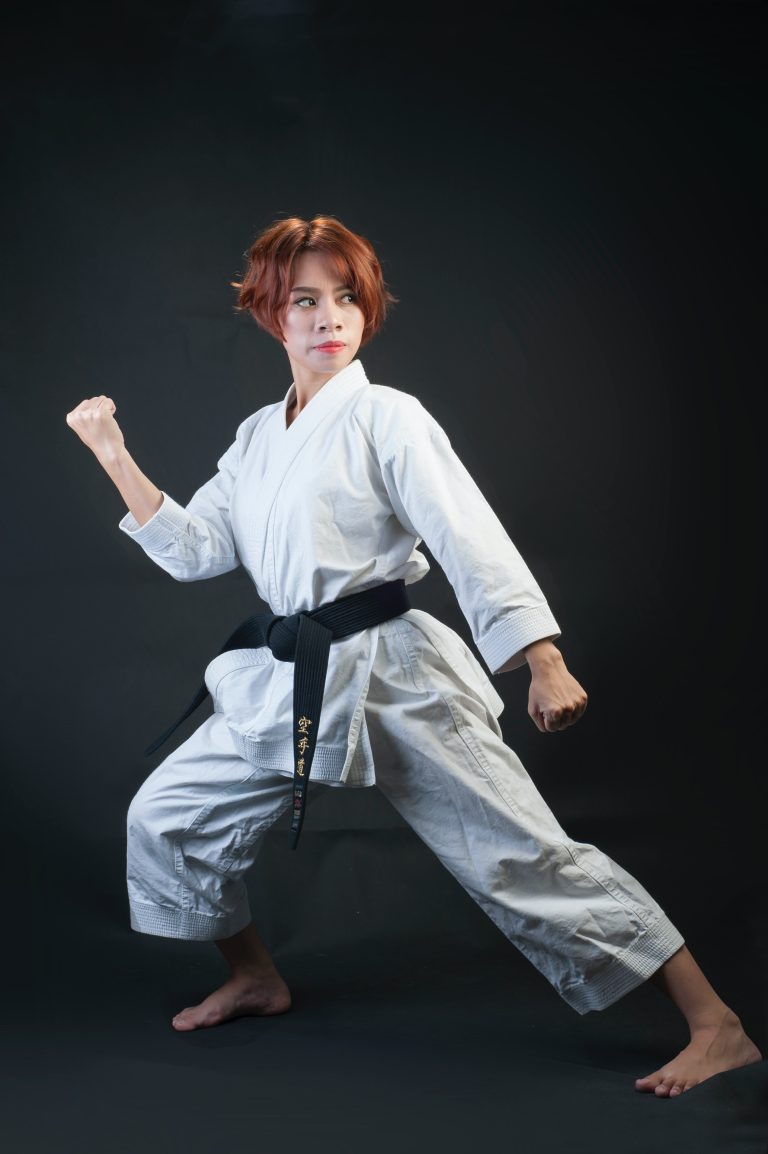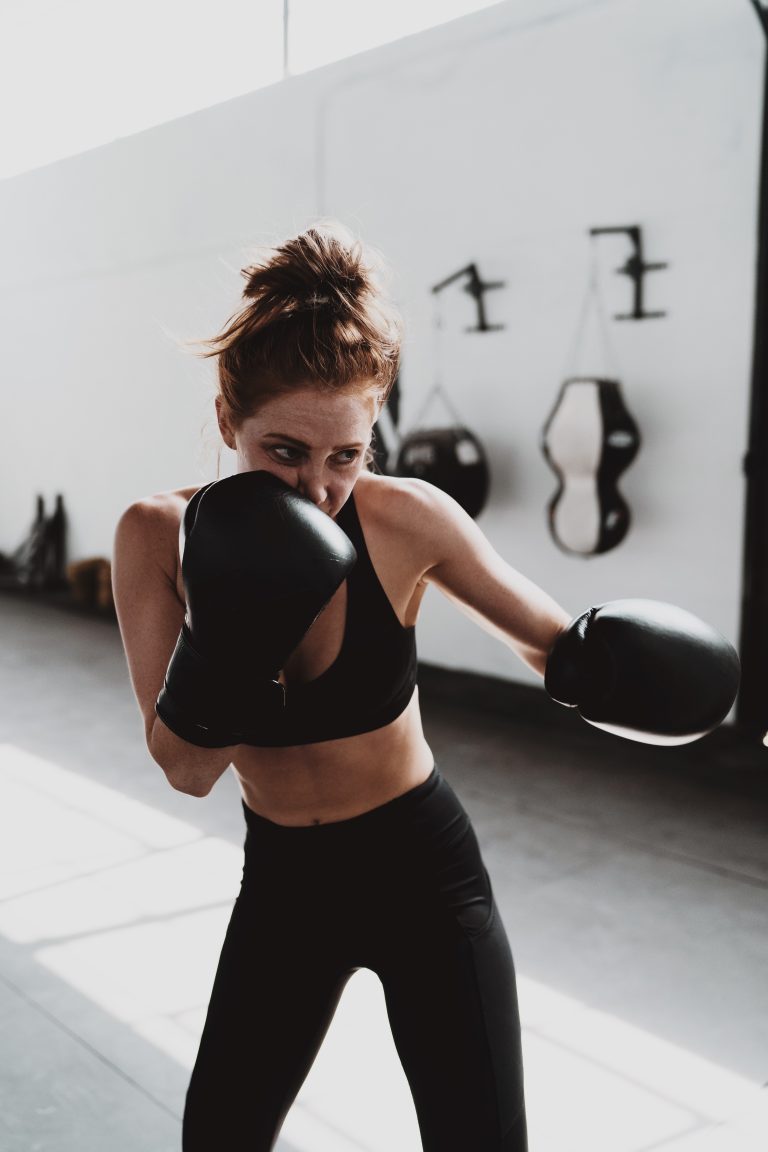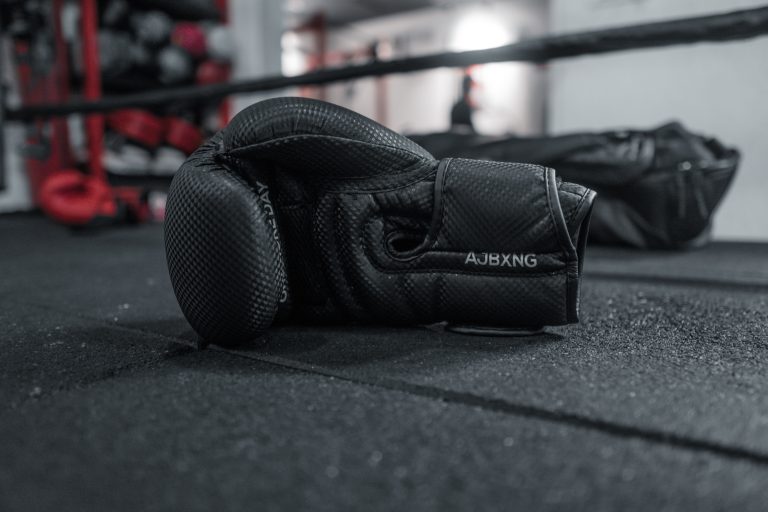Karate: What are the Principles of Effective Self-Defense?
Karate is an ancient martial art that has been practiced for centuries. While its primary focus is on physical combat, karate has evolved to include many aspects of mental, emotional, and even spiritual training as well. It is also commonly used for self-defense, which is why we often hear the term “karate self-defense” when discussing the martial art. But what are the principles of effective self-defense?
Introduction to Karate
In order to understand the principles of effective self-defense, it is important to understand the basics of karate. Karate can be translated as “empty hand” and originated in Okinawa in the 15th century. Originally, it was developed as a form of unarmed combat to protect oneself against weapons-bearing assailants. Over time, karate developed into a more sophisticated system of physical and mental discipline.
Karate consists of four main categories: punching and kicking techniques, blocking techniques, throws and locks, and inner self-development and meditation. Together, these four categories make up the fundamental aspects of karate. Punching and kicking techniques are called ‘Oi-zuki’ and consist of a wide variety of strikes and kicks with both arms and legs. Block techniques (Uchi-uke) involve parrying or deflecting an opponent’s attack or strike with one’s body or limbs. Throws (Nage-waza) involve taking an opponent to the ground with a well-directed movement. And finally, inner self-development and meditation (Seiza-Ho) teaches centeredness, breath control, and relaxation of the body and mind.
Principles of Effective Self-Defense
Now that we’ve covered the basics of karate, let’s take a closer look at the principles of effective self-defense. There are several key principles that should be followed when using karate for self-defense:
- Be aware: This includes being aware of your environment and potential threats. Keep your eyes open, pay attention to what is occurring around you, and be prepared for anything.
- Avoidance: Always try to avoid conflict whenever possible, as it can have fatal consequences. Be aware of exits whenever you enter a situation or environment where a confrontation may be possible.
- Position: Try to maintain an advantageous position that allows you to observe your opponent while remaining in a safe area and avoiding close contact.
- Stance: Stand with your feet shoulder-width apart and your legs bent slightly to allow maximum stability and speed in attack or defense.
- Blocking: Utilize a variety of blocking techniques in order to divert your opponent’s attacks away from your body.
- Attacking: Attack your opponent carefully with concentrated strikes in order to cause maximum damage and disruption while avoiding counter-attacks.
- Counter-attacking: When wariness fails to deter an opponent and contact is imminent, respond swiftly and decisively with counter-attacks in order to create distance and disrupt their balance.
- Spirit: At all times, maintain a strong spirit in order to remain focused on your goal and remain calm under pressure.
By adhering to these simple principles, you can greatly improve your effectiveness in using karate for self-defense. As with any skill or technique, however, the more practice you have using these principles, the better your performance will become.
The Psychological Aspect of Karate for Self-Defense
Karate is not just about physical combat; it is also important to understand the psychological aspect of self-defense. Before any physical engagement takes place, there is usually an emotional exchange between two individuals. It is important to understand this discussion and use it to your advantage. In certain cases, being able to verbally de-escalate a situation before physical force needs to be used can turn a potentially dangerous confrontation into a peaceful one.
It is also important to recognize the psychology behind emotions like anger and fear. Fear can often cause people to overreact or panic while anger can often lead to irrational decision making. Understanding these emotions can help you better assess a situation and adjust your strategies accordingly.
Conclusion: The Importance of Training
By following the principles outlined above, it is possible for someone to be effective in using karate for self-defense. While this may sound simple on paper, it is important to remember that effective self-defense requires constant practice and mental preparation in order to be truly effective. It is advisable to find a knowledgeable teacher who can provide you with the proper guidance necessary for taking proper stances, attacking correctly, blocking effectively, understanding psychological aspects of combat situations and being able to defend yourself successfully.
By training regularly and applying yourself mentally to mastering the principles outlined here, you can become proficient in effective self-defense practice. By controlling your emotions and confidently executing the martial art techniques you have learned, you can have peace of mind knowing that you are capable of defending yourself in any situation.
Karate: What are the Principles of Effective Self-Defense?
Karate is a martial art that has been around for centuries. Originating in Okinawa, Japan, it has become one of the most popular forms of martial arts in the world. Karate promotes physical fitness, mental focus, discipline, and self-confidence. However, one of its primary purposes is self-defense. In this article, we will cover the most frequently asked questions about karate’s principles of effective self-defense.
What is self-defense?
Self-defense is the act of protecting oneself or others from harm or danger. It is a basic human right and an essential life skill that everyone should learn. Self-defense involves strategies and techniques that can help us avoid or respond to violent or dangerous situations.
What are the principles of effective self-defense in karate?
Karate’s principles of effective self-defense are founded on three basic concepts: distance, timing, and technique. These concepts can help you stay safe, react appropriately, and defend yourself or others in a dangerous situation.
Distance
Distance refers to the space between you and the attacker. Maintaining distance is crucial to avoid being grabbed, hit, or injured. In karate, practitioners learn to use their body and footwork to control the distance and create a safe zone.
Timing
Timing is the speed and accuracy with which you perform your techniques. The correct timing can help you block or evade an attack and counter-attack successfully. In karate, practitioners train to develop their reflexes and reaction time, and to coordinate their movements with their breathing.
Technique
Technique refers to the set of movements employed to defend oneself effectively. In karate, practitioners learn various techniques such as strikes, kicks, blocks, and throws, to control or disable an attacker. Practitioners are also taught to flow seamlessly from one technique to another and to use their body’s natural weapons.
How does karate training help in self-defense?
Karate training offers many benefits that can help in self-defense situations. These benefits include:
Physical fitness and conditioning
Karate training involves a lot of physical activity, which helps develop strength, flexibility, endurance, and balance. Being physically fit and conditioned can help you avoid injuries and give you the strength and stamina to withstand an attack.
Coordination and agility
Karate training involves a lot of movements that require coordination, agility, and balance. Practicing karate techniques can help you develop these skills, which can be beneficial in avoiding an attack or responding quickly to one.
Mental focus and discipline
Karate training requires mental focus, discipline, and perseverance. Practicing karate techniques and kata (patterned movements) can help you develop mental strength and clarity, which are vital in a self-defense situation.
Situational awareness and avoidance
Karate training teaches practitioners to be aware of their surroundings and potential threats. This situational awareness can help one avoid dangerous situations and plan an appropriate response to potential attacks.
Self-confidence and assertiveness
Karate training can help improve one’s self-confidence and assertiveness. Feeling more confident and assertive can help you stand up for yourself and others and be less vulnerable to bullying or violence.
What are the common techniques used for self-defense in karate?
Karate has many techniques that can be used for self-defense. Some of the most common ones include:
Strikes
Strikes are powerful blows aimed at various parts of the attacker’s body. These can include punches, kicks, elbow strikes, knee strikes, and palm strikes.
Blocks
Blocks are defensive techniques employed to stop or deflect an attack. These can include upper blocks, middle blocks, and lower blocks, among others.
Throws and takedowns
Throws and takedowns are techniques used to take an attacker to the ground and immobilize them. These can include hip throws, shoulder throws, and foot sweeps, among others.
Joint locks and chokes
Joint locks and chokes are techniques used to control or disable an attacker by locking their joints or restricting their breathing. These can include wrist locks, arm locks, and chokeholds, among others.
How can one practice self-defense in karate?
Practicing self-defense in karate involves several steps, including:
Learning karate techniques
Learning karate techniques involves enrolling in a reputable karate school or dojo and working with experienced instructors. Practitioners should learn the fundamental techniques first and then progress to more advanced ones.
Sparring and simulated attacks
Sparring and simulated attacks involve practicing techniques against a partner who may be attacking you with various moves. This type of training can help you develop your timing, distance, and technique in a more realistic setting.
Visualization and mental rehearsal
Visualization and mental rehearsal involve imagining different scenarios and ways to respond to them. Practitioners can visualize and rehearse these scenarios in their minds, helping them develop the confidence and mental clarity needed for effective self-defense.
Real-life simulations and scenarios
Real-life simulations and scenarios involve practicing self-defense techniques in realistic situations. These can include role-playing scenarios with an instructor or other students acting as attackers, or attending seminars or workshops that simulate real-life self-defense situations.
Conclusion
Karate is an effective martial art that can be used for self-defense. Its principles of distance, timing, and technique, along with its physical and mental benefits, make it a popular choice for those seeking to improve their self-defense skills. Practicing karate techniques, sparring with partners, and rehearsing scenarios can help you develop the confidence and skills needed for effective self-defense.
References:
Knight, G. (1993). Zen in the Martial Arts. Random House.
Grossman, D. (1995). On Killing: The Psychological Cost of Learning to Kill in War and Society. Little, Brown and Company.
Funakoshi, G. (1973). Karate-do Kyohan: The Master Text. Kodansha International.
Jowett, B. (1963). The Greek Myths. Penguin Books.
Inhaltsverzeichnis

